By the end of June 1941, as the Second World War raged in Europe and China, President Franklin D. Roosevelt had become very concerned about the coordination of the intelligence services. On July 11, 1941, just five months before the attack on Pearl Harbor and AmericaAca,!a,,cs entry into that war, he appointed William J. (Aca,!A"Wild BillAca,!A?) Donovan as the first Coordinator of Information (COI), which was a new civilian office attached to the White House. Fears of fascism and communism had prompted FDR to ask for greater coordination by the departmental intelligence arms. The COI was the answer to the presidentAca,!a,,cs request. The COI, of course, would become the Office of Strategic Services (OSS) (effective June 13, 1942) after the US entered the war. The presidentAca,!a,,cs choice of Donovan to head the organization could not have been wiser. Donovan -- a native of Buffalo, New York, a successful Wall Street lawyer and an old friend of FDRAca,!a,,cs--- was a bona fide war hero, having earned the Congressional Medal of Honor while serving as a battalion commander in the famed Aca,!A"Fighting 69thAca,!A? Infantry Regiment during the First World War.
One of DonovanAca,!a,,cs first duties as the new COI was the recruitment of personnel. He recruited Americans that had traveled or studied abroad, such as academics and business people as well as a number of intelligence personnel from the ArmyAca,!a,,cs G-2 section and the NavyAca,!a,,cs Office of Naval Intelligence (ONI). The COIAca,!a,,cs successor, the OSS, eventually drew such a high proportion of socially prominent individuals of the day that many dubbed the organization, Aca,!A"Oh So Social,Aca,!A? a humorous play on the organizationAca,!a,,cs acronym, OSS. Of the many females that were recruited, one that may be familiar to readers was the late American chef, Julia Child, who served with the OSS in Ceylon and China during the war.
At its peak in late 1944, the OSS employed almost 13,000 personnel, those numbers equaling the size of a US Army infantry division. Donovan used thousands of officers and enlisted men seconded from the military and also found military slots for many of the people who came to the OSS as civilians. US Army personnel made up about two-thirds of its strength, with civilians, and other services making up the rest.
The OSS was met with some consternation by rival intelligence gathering organizations, such as J. Edgar HooverAca,!a,,cs Federal Bureau of Investigation (FBI), the ArmyAca,!a,,cs G-2, and various other wartime agencies, which viewed Donovan, a civilian, as an interloper. DonovanAca,!a,,cs military status was enhanced when he was commissioned as an Army colonel in 1942; he would finish up the war with the rank of Major General.
The OSS conducted both espionage operations (SI Branch) and special operations (SO Branch). Its clandestine operations expanded into every major wartime theater except the Pacific, where General MacArthur forbade it to operate. OSS members were parachuted or delivered by submarine to German-occupied France, Vichy-controlled North Africa, and Axis-controlled Balkans. They were on the verge of attempting to capture or kill Adolf Hitler, but he committed suicide just before they could launch the operation. They did succeed in brokering the surrender of the German army in northern Italy ten days before V-E Day, thus saving thousands of lives on both sides.
The OSS went hand-in-hand with BritainAca,!a,,cs wartime Special Operation Executive (SOE), which was set up by Prime Minister Winston Churchill to Aca,!A"set Europe ablaze.Aca,!A? Both organizations sent their agents to assist anti-fascist resistance groups with training and equipment - from the Marquis in France and TitoAca,!a,,cs Partisans in Yugoslavia to insurgents in Burma and China. The OSS and SOE efforts were keys to victory over the Axis.
It has been written that the Aca,!A"OSS was a direct reflection of DonovanAca,!a,,cs character. He was its spark plug, the moving force behind it. In a sense it can be said that Donovan was the OSS.Aca,!A? When informed of DonovanAca,!a,,cs death in 1959, President Eisenhower stated, Aca,!A"What a man! We have lost the last hero.Aca,!A?

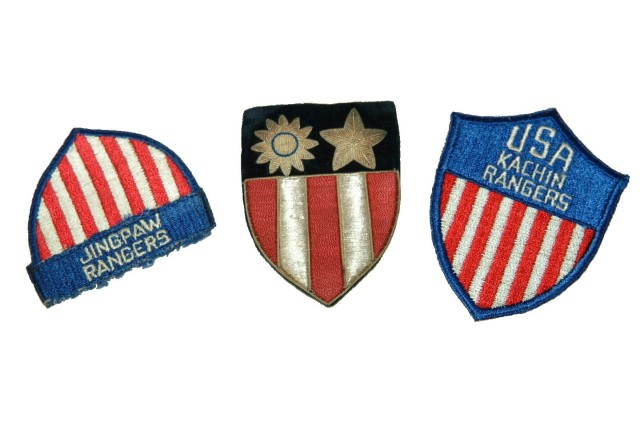
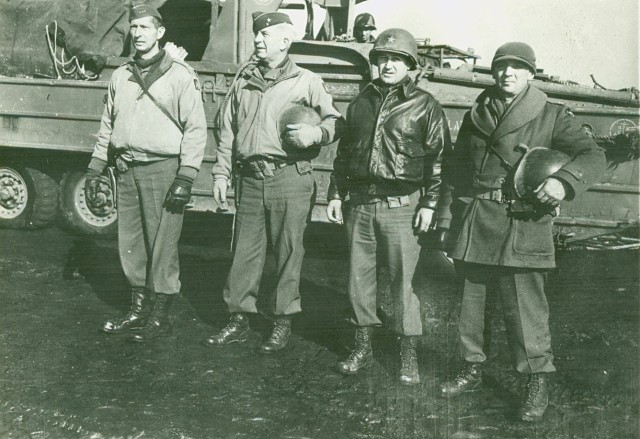
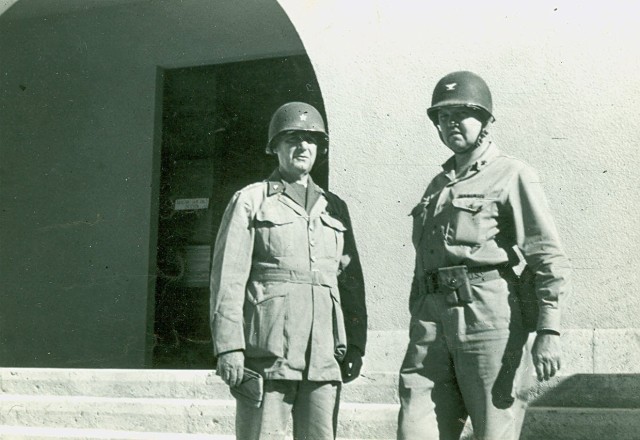
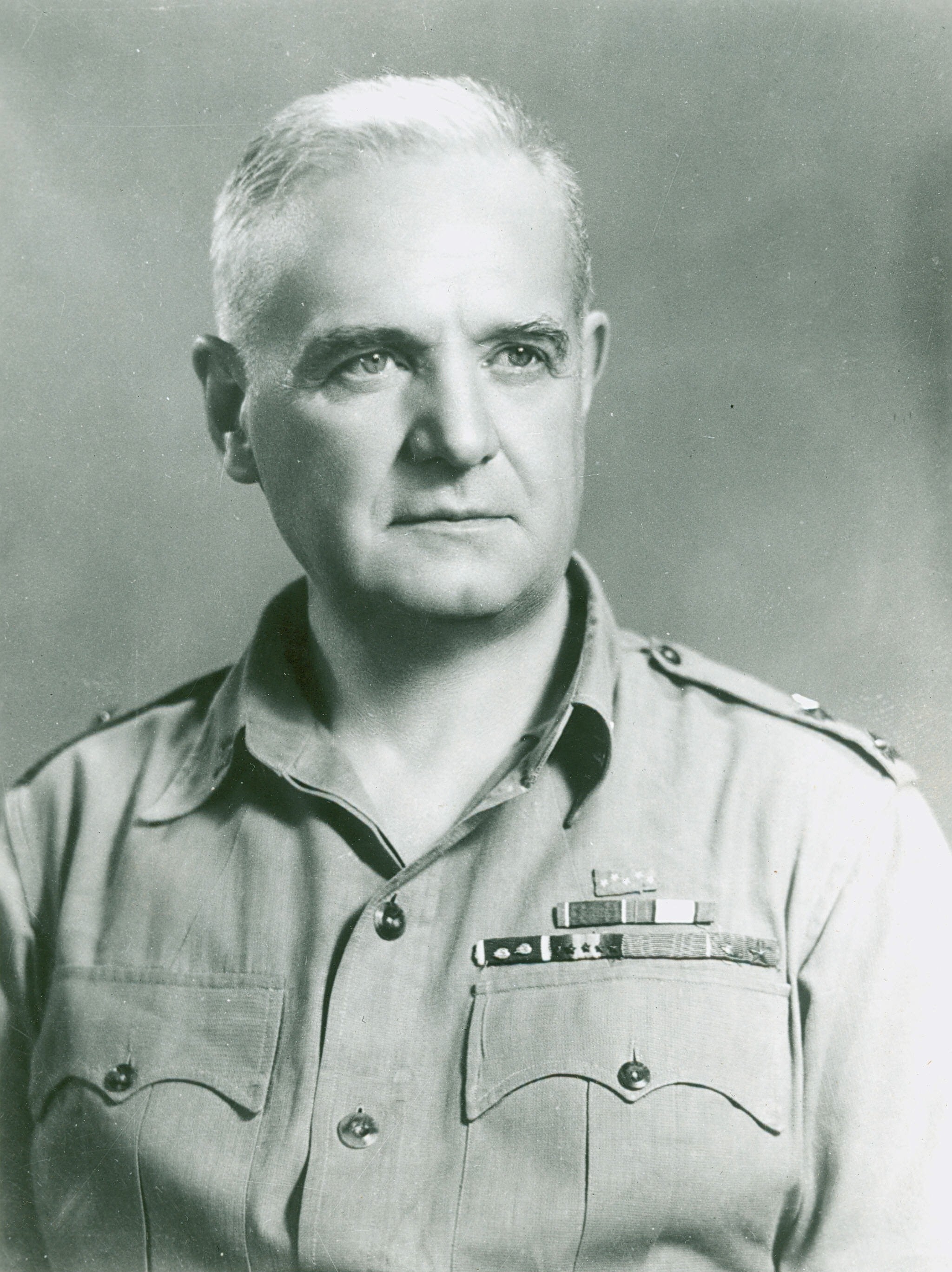


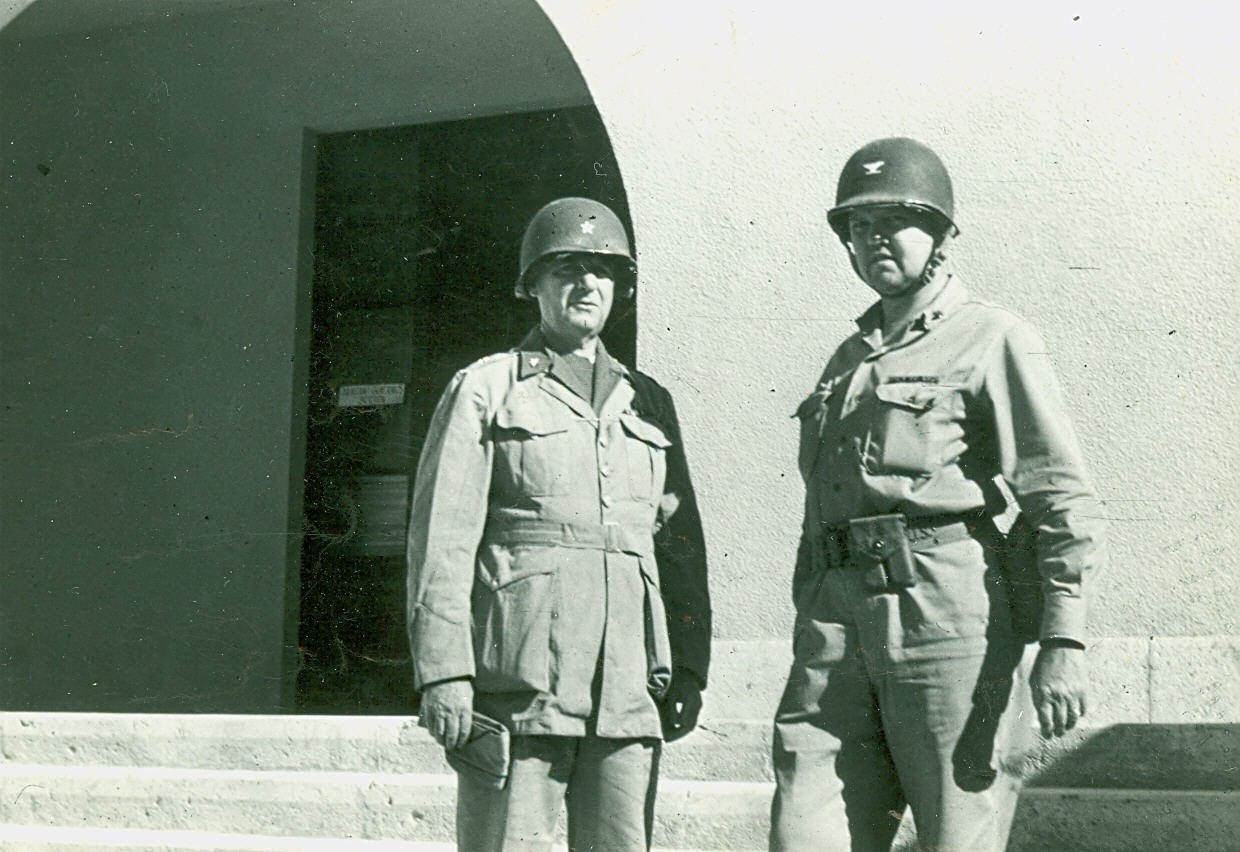
Social Sharing